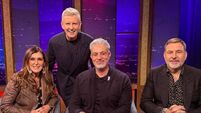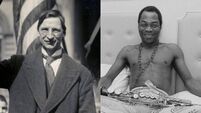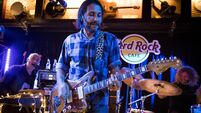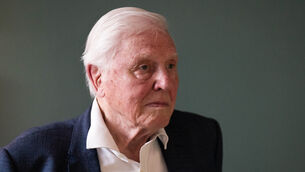Daniel Corkery: 'A leading figure in crafting the way we view ourselves as Irish people'
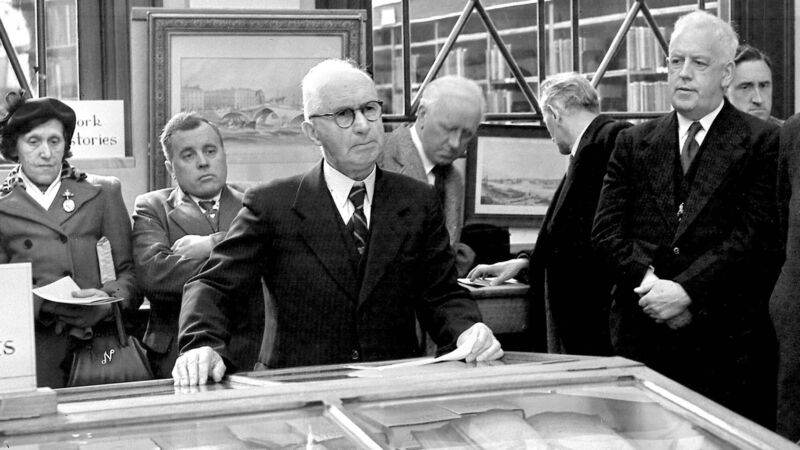
Daniel Corkery at Cork City Library in 1953. Picture: Irish Examiner Archive
One of the organisers of a conference on Daniel Corkery’s seminal book, The Hidden Ireland, says she hopes it will rejuvenate discussion on national identity and the place of the Irish language, a hundred years on. Victoria Anne Pearson, a PhD student at Ulster University’s School of Arts and Humanities who is involved in the conference at Cork’s Imperial Hotel on April 20, says Irish people have always been fascinated with identity and what it means to be Irish.
Cork-born Corkery’s book is a 1924 study of the riches of the poetry of the 18th-century Irish language poets in Munster. In the era surrounding the emergence of the state, Corkery’s observations on the history of the Irish people, divided between the ‘Big House’ and the ‘Bothán’, provoked a debate on the nature of the Irish soul that still rages today, say the organisers of the event being run by UCC and Ulster University.
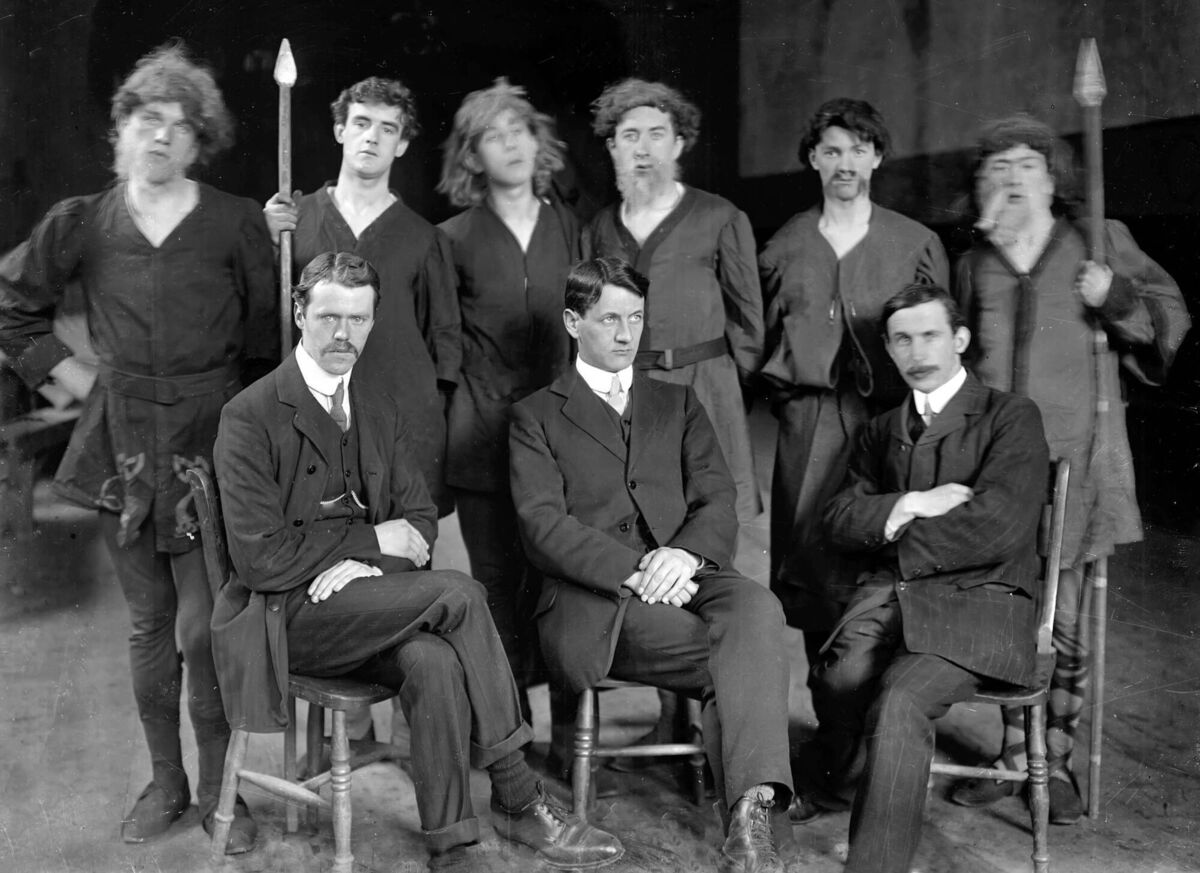
Corkery (1878-1964), a writer, academic and senator, was very much involved with the formation of the state. “After the struggle for independence and the civil war, he became a leading figure in crafting the way we view ourselves as Irish people and how we were going to construct our history and celebrate our culture and independence,” says Pearson. “He changed his mind once or twice over the course of his life.”
Corkery was friendly with a journalist called DP Moran who produced a thesis called The Philosophy of Irish Ireland. “The two men were very much supporters of reviving the indigenous culture, interested in Conradh na Gaeilge. Corkery was close to Terence MacSwiney. They founded the Cork Dramatic Society together to revive Irish plays.”
As a board member of the Crawford School of Art, Corkery championed people like the sculptor, Seamus Murphy. “Because he wrote about Gaelic and Munster poetry, he was involved with a lot of the poets at the time such as Seán Ó Riordáin. Where he becomes controversial in ways was his belief that to be Irish, you first have to be Catholic, republican and speak Irish.
"People accused Corkery of being very conservative in his definition of Irishness and more problematic, who he was excluding from that. He became more conservative as he got older. Even though he was a great exponent of Irish culture, he was appointed head of the school of English at UCC.
"He wrote in English, the reason being that a great proportion of the population couldn’t access sources through Irish because they didn’t have the language as it wasn’t taught in schools at the time. He even said in his biography that when he was growing up, he didn’t have any Irish at all.”
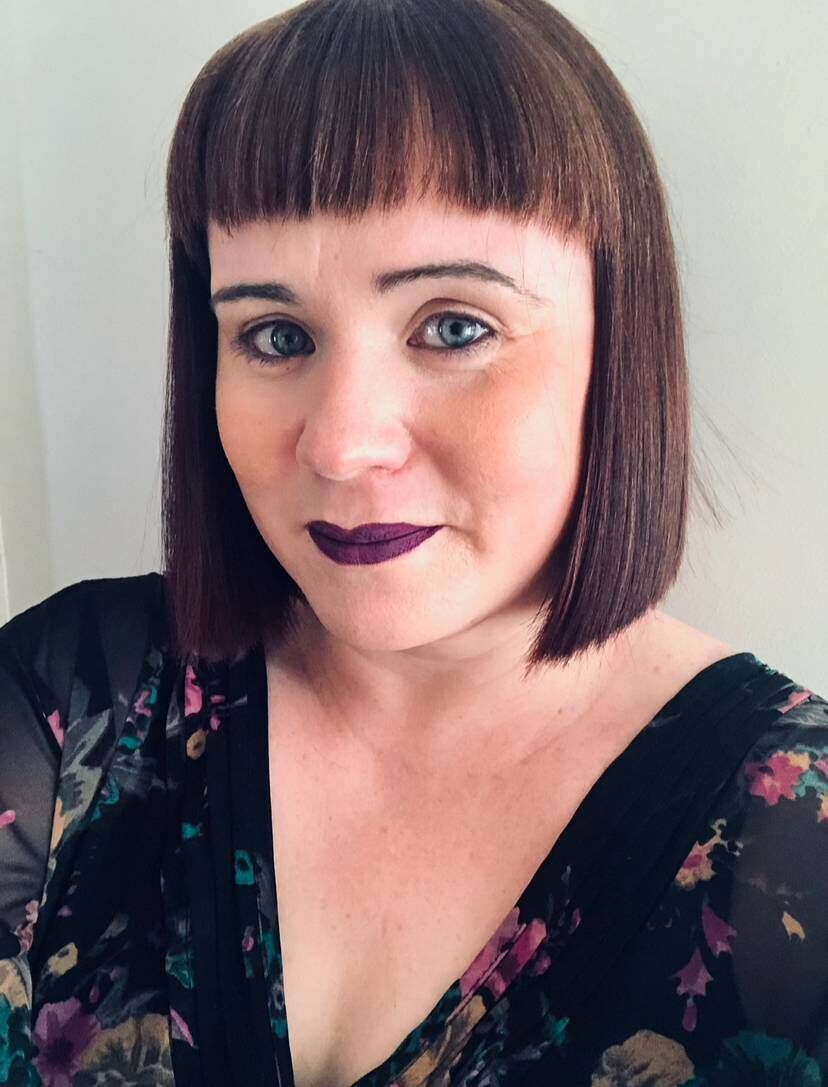
Reared in the laneways of Cork city, the young Corkery wasn’t very keen on Irish culture or the Irish language. “But with the Gaelic revival at the end of the 19th century and the early 20th century, he became an enthusiastic convert to Irish culture.”
The Irish language seems to be having a moment with, for example, actor Paul Mescal giving an impromptu interview as Gaeilge at the BAFTAs last year, the success of the Irish-language film, An Cailín Ciún, and other outlets in popular culture.
“At certain times, the media picks up on fads and trends. The interest in Irish has been going on behind the scenes. There has never been a falling off in interest in Irish history and Irish literature. I think that only became evident when Shane MacGowan died and Sinead O’Connor died. We realised there was an interest in Irish culture in the 1980s when there was also Rick Astley and Kylie Minogue being played.
"In the 1960s, there was the rise of The Dubliners and The Clancys, and in the 1950s, Seán Ó Riada. The interest has always been there. That’s why books like The Hidden Ireland are still so popular and relevant.”
That said, Pearson acknowledges the ‘baggage’ some carry of the negative connotations of Irish. “I think that’s because it became associated with the system that we now recognise as being repressive. It wasn’t just the teaching of Irish, it was the teaching of religion and morality that went along with it. I would have felt that. Scholars of Irish felt it; nobody felt it more than Daniel Corkery.”
- Daniel Corkery: The Hidden Ireland – A Hundred Years On takes place at the Imperial Hotel, Cork, on Saturday, April 20

